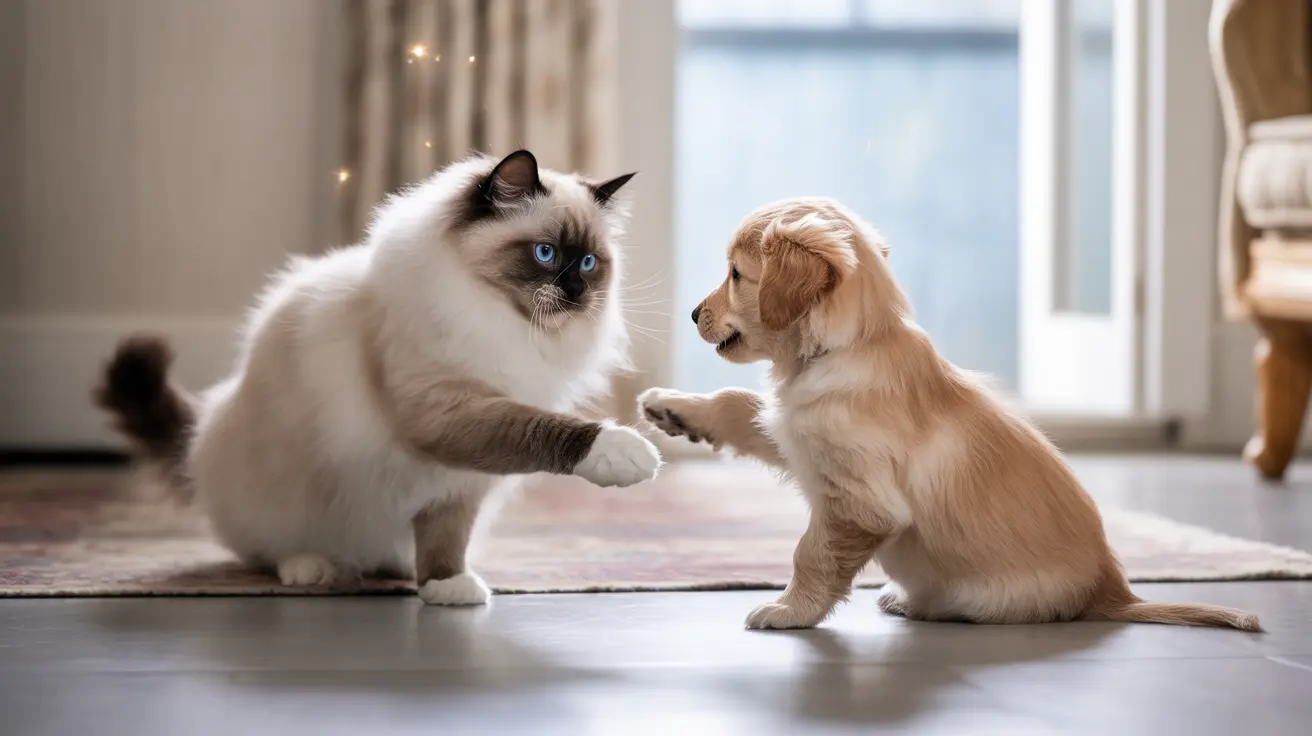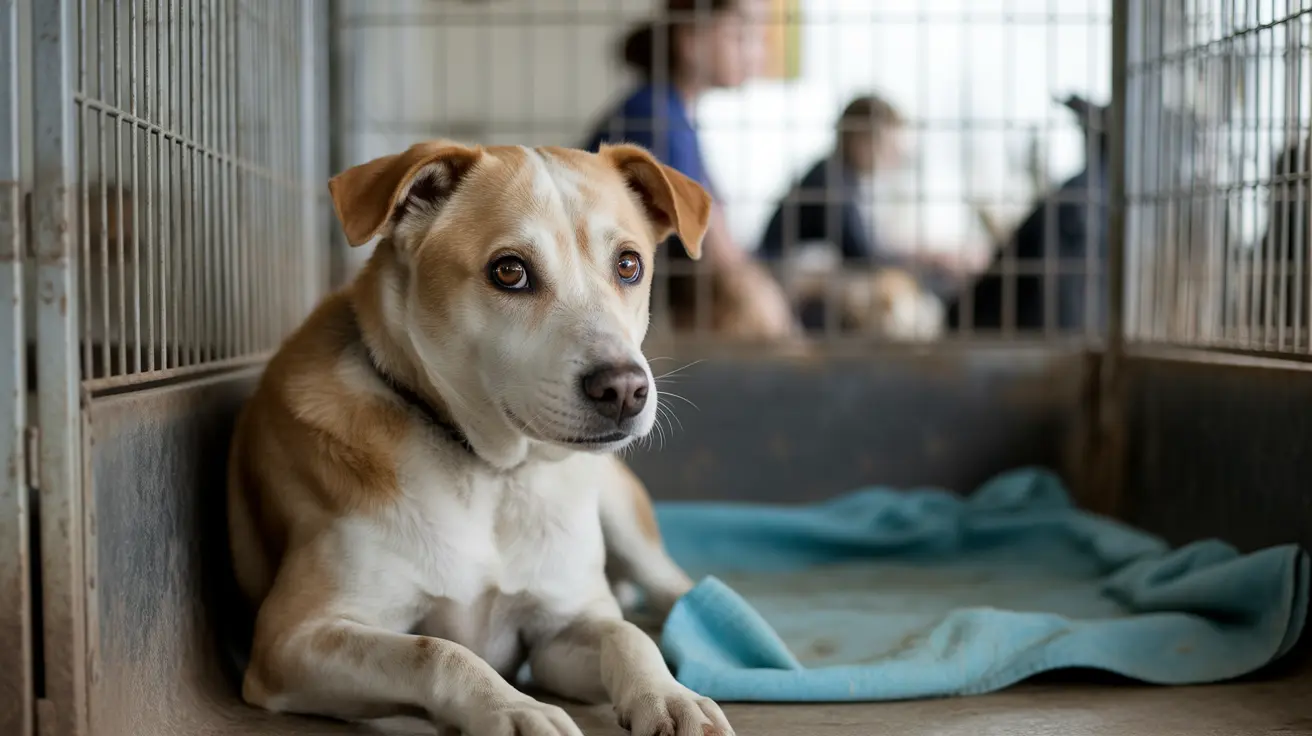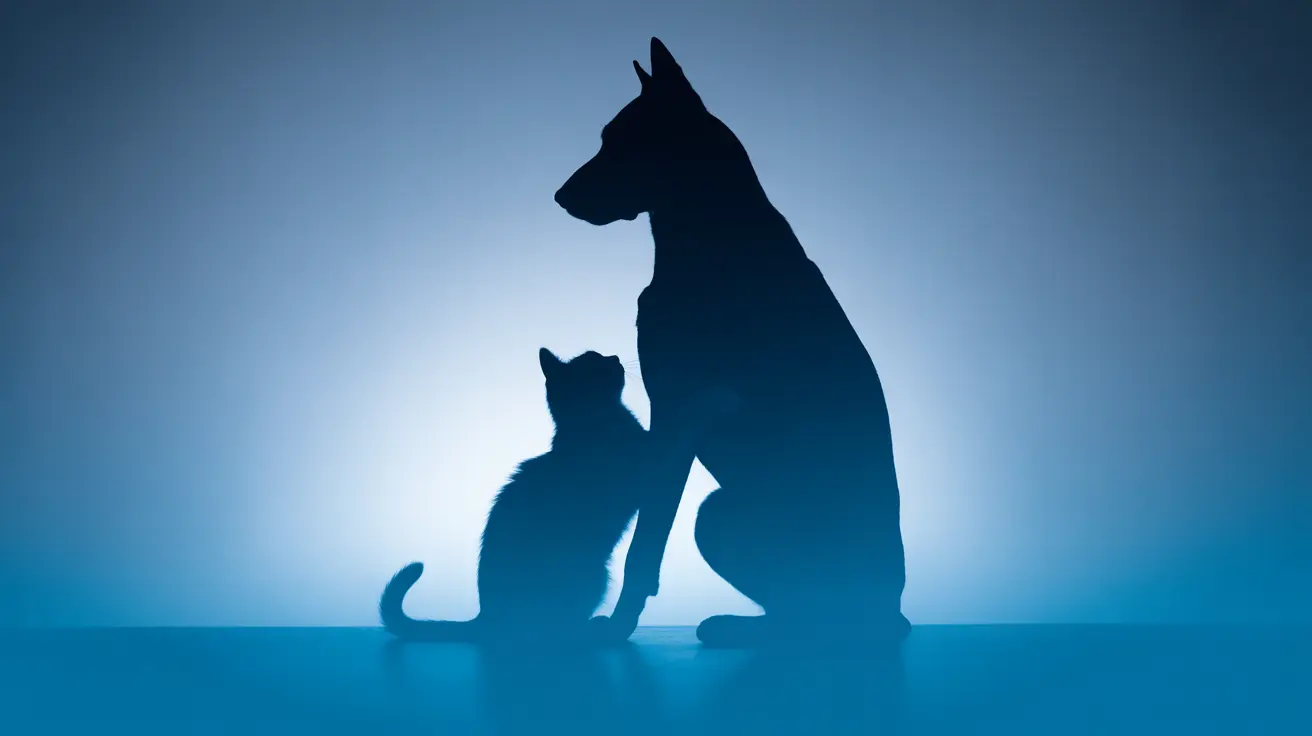If you've ever introduced a dog to a household with an established cat, you may have witnessed some fascinating behavioral changes. From subtle signs of discontent to outright displays of territorial behavior, cats can indeed exhibit jealousy toward dogs. Understanding this complex emotional response is crucial for maintaining harmony in a multi-pet household.
Let's explore the science behind feline jealousy, how it manifests when dogs are involved, and what you can do to manage these delicate pet dynamics effectively.
Understanding Feline Jealousy
Research indicates that cats experience a form of jealousy that, while different from human emotions, is very real. This emotional response typically centers around protecting valuable resources, including territory, food, and perhaps most importantly, human attention.
When a dog enters the picture, cats may feel threatened in their established role as the household pet, leading to various behavioral changes that signal their discomfort or displeasure.
Common Signs of Cat Jealousy Toward Dogs
Physical Signs
- Swatting or hissing at the dog
- Blocking the dog's path to you
- Marking territory near the dog's belongings
- Aggressive tail movements or flattened ears
Behavioral Changes
- Excessive grooming or overgrooming
- Refusing to use the litter box
- Increased vocalization or demanding attention
- Destructive behavior
- Hiding or avoiding common areas
Managing Multi-Pet Relationships
Creating harmony between cats and dogs requires careful attention to both pets' needs. Start by maintaining separate feeding areas, litter boxes, and sleeping spaces for each pet. This helps reduce competition and potential conflicts.
Establish a routine that includes dedicated one-on-one time with your cat, ensuring they don't feel neglected when the dog is present. Positive reinforcement when both pets interact calmly can help create more peaceful coexistence.
Prevention and Solutions
- Introduce pets gradually using proper techniques
- Maintain consistent feeding schedules
- Provide elevated spaces where cats can retreat
- Keep familiar items and routines unchanged
- Reward positive interactions between pets
When to Seek Professional Help
If jealous behaviors persist or escalate to aggression, consult a veterinary behaviorist. They can provide specialized guidance for your specific situation and may recommend environmental modifications or behavior modification techniques.
Frequently Asked Questions
Do cats get jealous of dogs when a new pet joins the household?
Yes, cats commonly experience jealousy when a new dog joins the household. This reaction is normal and usually stems from changes in routine, attention distribution, and territory sharing.
What are the most common signs that my cat is jealous of my dog?
Common signs include aggressive behavior toward the dog, inserting themselves between you and the dog, marking territory, excessive vocalization, and changes in eating or litter box habits.
How can I help my cat and dog get along if my cat seems jealous or territorial?
Provide separate resources for each pet, maintain regular routines, ensure your cat has safe spaces, and give equal attention to both animals. Gradual introduction and positive reinforcement are key.
Will my cat stop being jealous of my dog over time, or is professional help needed?
Many cats adjust naturally over time with proper management. However, if jealous behaviors persist or worsen after several weeks, consulting a professional animal behaviorist may be beneficial.
Is it normal for a cat to act aggressively toward a dog out of jealousy?
Some aggression is normal initially, but it should decrease with proper introduction and management. Persistent aggression may require professional intervention to ensure both pets' safety.
Remember, patience and consistency are crucial when managing feline jealousy. With time and proper attention to both pets' needs, cats and dogs can learn to coexist peacefully in the same household.






